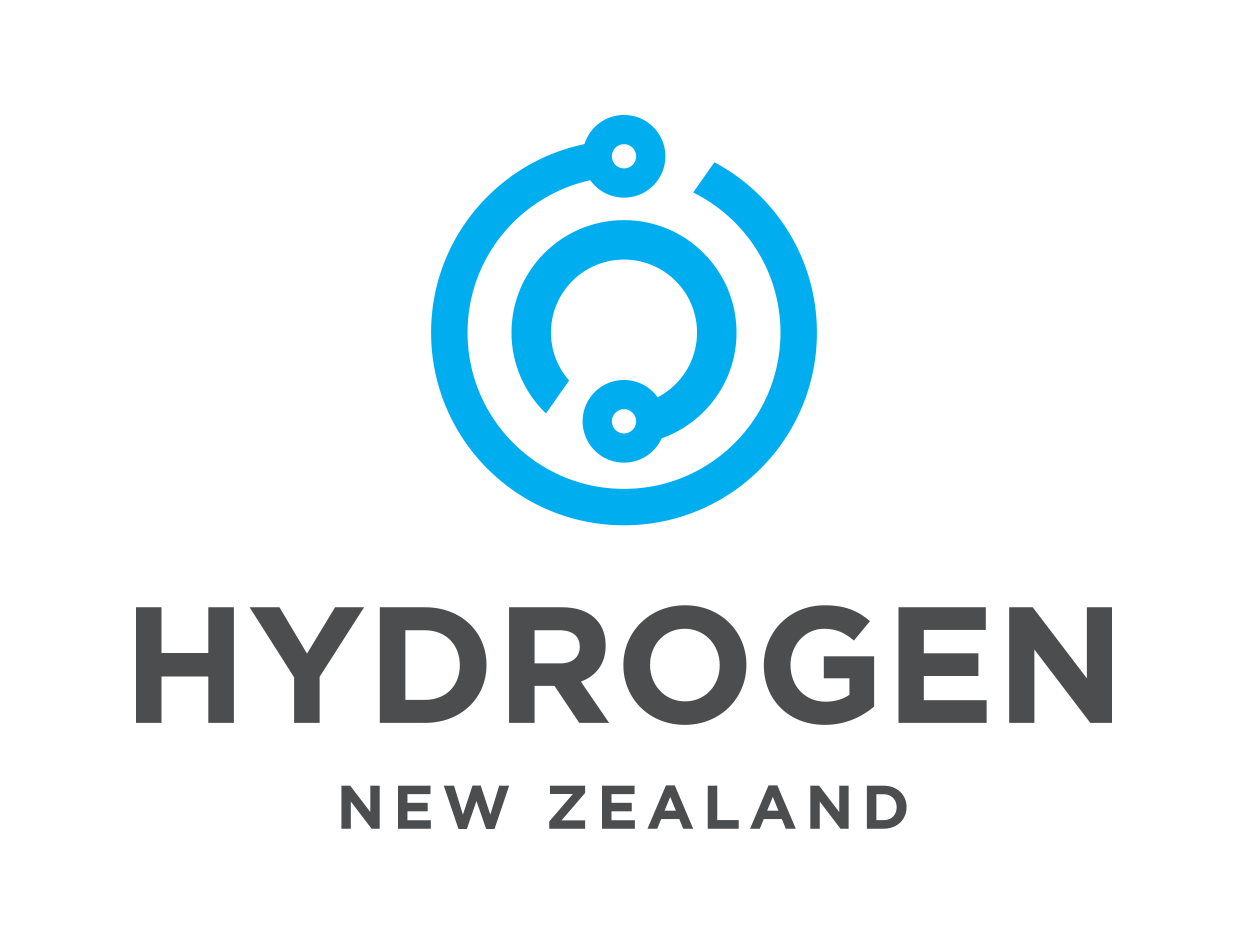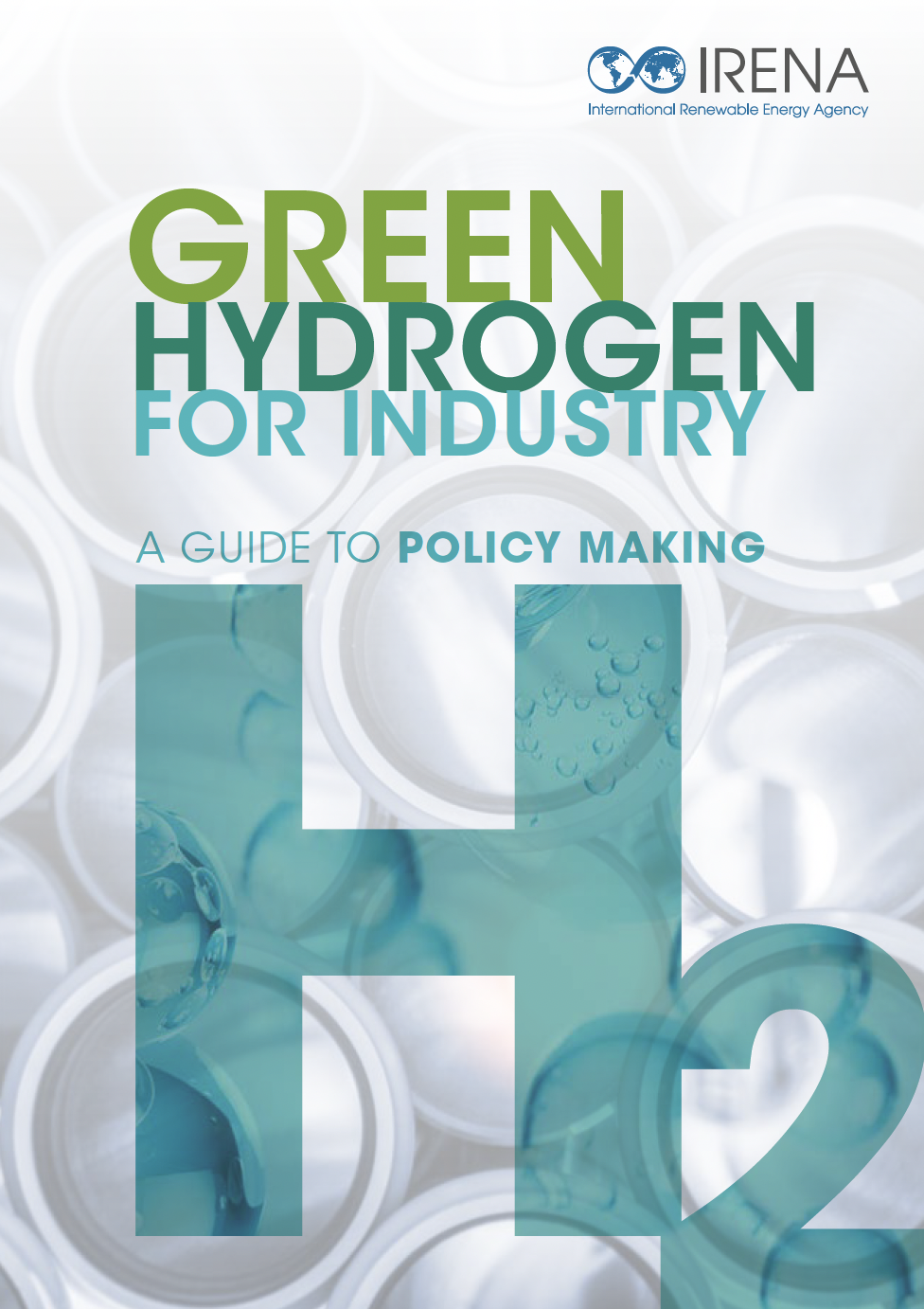International Renewable Energy Agency
IRENA established the Collaborative Frameworks as platforms for dialogue and co-ordinated action to support the global energy transition. With its nearly universal global membership, IRENA has a unique mandate to bring the global community together to discuss and co-operate on topics of strategic importance.
➤READ MORE
The World Energy Transitions Outlook outlines a vision for the transition of the energy landscape to reflect the goals of the Paris Agreement, presenting a pathway for limiting global temperature rise to 1.5°C and bringing CO2 emissions to net zero by mid-century.
The report builds on two of IRENA’s key scenarios to capture global progress toward meeting the 1.5°C climate goal.
IRENA’s 1.5°C pathway, set out in the World Energy Transitions Outlook, positions electrification and efficiency as key transition drivers, enabled by renewable energy, clean hydrogen and sustainable biomass. Increasingly, countries are positioning these technological avenues at the centre of their climate action, as well as their economic, energy security and universal access strategies.
➤READ MORE
Unlike fossil fuels, for which large reserves are concentrated in certain countries and regions, renewable energy resources (solar, wind, geothermal, etc.) are available at a viable scale in every country. The geographical concentration of fossil fuel reserves has made some countries into major producers, while most countries are predominantly importers. Renewable energy, in contrast, can be produced everywhere (although the cost-effectiveness varies by location) and therefore has the potential to dramatically change how and between whom energy is traded. However, until recently there has been no cost-effective way to transport renewable electricity over long distances to link low-cost production sites with demand centres. Suitable transmission lines are rare and costly to construct. The use of hydrogen as an energy carrier could be an answer, enabling renewable energy to be traded across borders in the form of molecules or commodities (such as ammonia).
➤READ MORE
Green hydrogen is benefiting from a new wave of interest due to its potential to make a significant contribution to meeting climate goals and advancing the energy transition. In response, IRENA has been analysing options for the production and consumption of green hydrogen, along with devising policies to support and accelerate its commercialisation and wide adoption.




